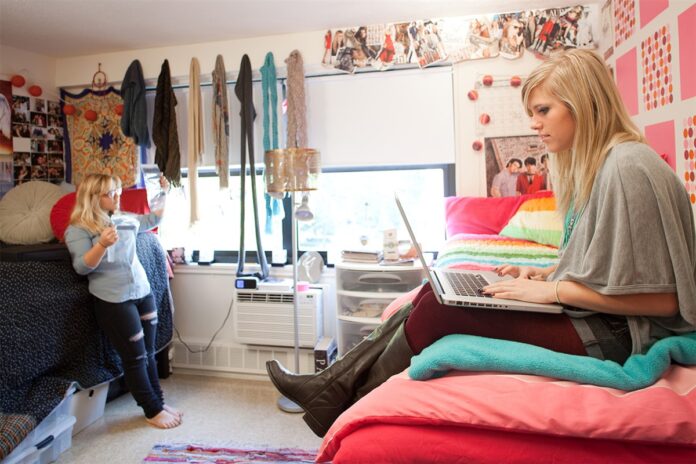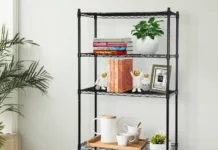
Living in a dormitory can be an exciting experience. It’s a place where students come together, form lifelong friendships, and create memories. But, like any home, a dormitory needs to be safe.
A secure dorm gives students the peace of mind to focus on their studies and enjoy college life without unnecessary worries. All too often, students take it for granted that the dorm is safe until one day it isn’t. In this article, we will give you some ideas on how to improve the security of a dormitory.
1 – Physical security
One of the first areas to consider when improving dormitory security is the physical environment. Having a deterrent will prevent anybody from attempting to get in and cause problems.
A well-lit dormitory can deter unwanted visitors. So, it’s essential to ensure that hallways, entryways, and parking areas have adequate lighting, especially during nighttime. A bright environment not only prevents potential security breaches but also makes residents feel safer when coming home late.
Making sure that only authorized people can get it is equally important. Having a system with controlled access points using modern technology, like electronic keycards or even biometric scans from security companies like Genetec, can ensure that only residents and authorized personnel enter the dorm.
2 – Technological advancements
It’s easier than ever to keep an eye on the entire dormitory by using some of the latest technological devices. For instance, motion detectors with cameras can make sure that nothing goes unnoticed.
When there is something happening, an alert can be sent to a phone or computer so things can be viewed remotely as they happen. This can ensure that a swift response is taken when something is amiss.
Some apps even have check-in or check-out systems, so residents can mark their entries and exits. This ensures that roommates or friends are aware of each other’s whereabouts without needing to worry.
3 – Policies and protocols
Some of the most effective deterrents for wrongdoers is to have an effective set of protocols that everybody adheres to. This should start with guest policies.
It’s important to know who is entering the dormitory at all times. One way to do this is by registering visitors. When someone wants to visit a dorm resident, they should sign in at the front desk, providing their name, the resident they’re visiting, and the time of their arrival.
Regular security drills and training sessions also play a pivotal role. Just like schools conduct fire drills, dormitories should too. These drills ensure everyone knows how to exit the building safely and quickly.
It’s also important for everybody to understand what to do in an emergency. Every dormitory should have clear evacuation plans in case of events like fires or natural disasters. These plans should be easily accessible to all residents.
Lastly, it’s essential to have proper reporting mechanisms in place. An anonymous tip line can be helpful. This allows residents to report any suspicious activities without fear of retribution.










